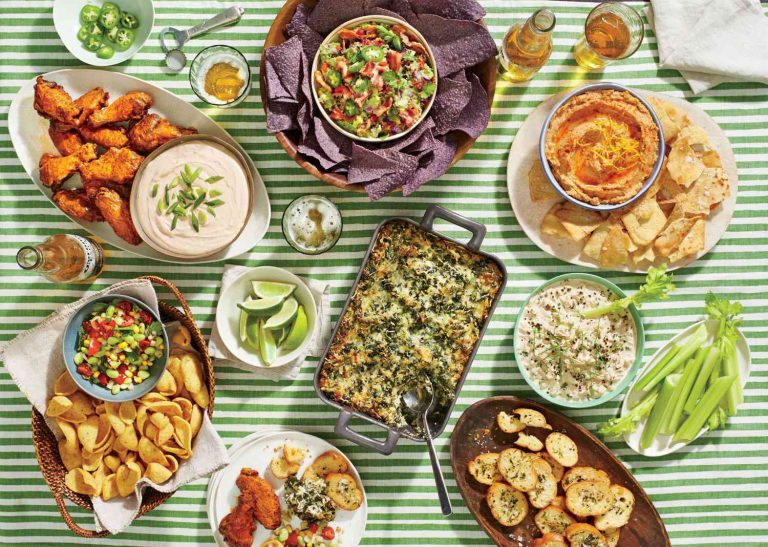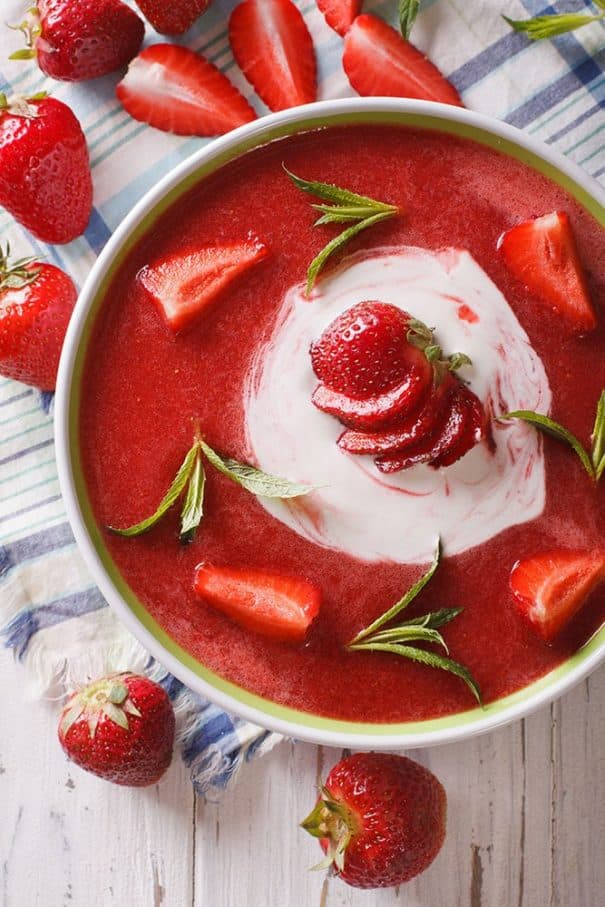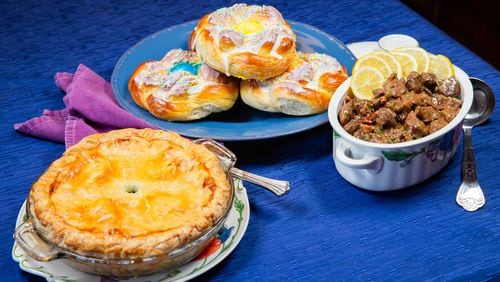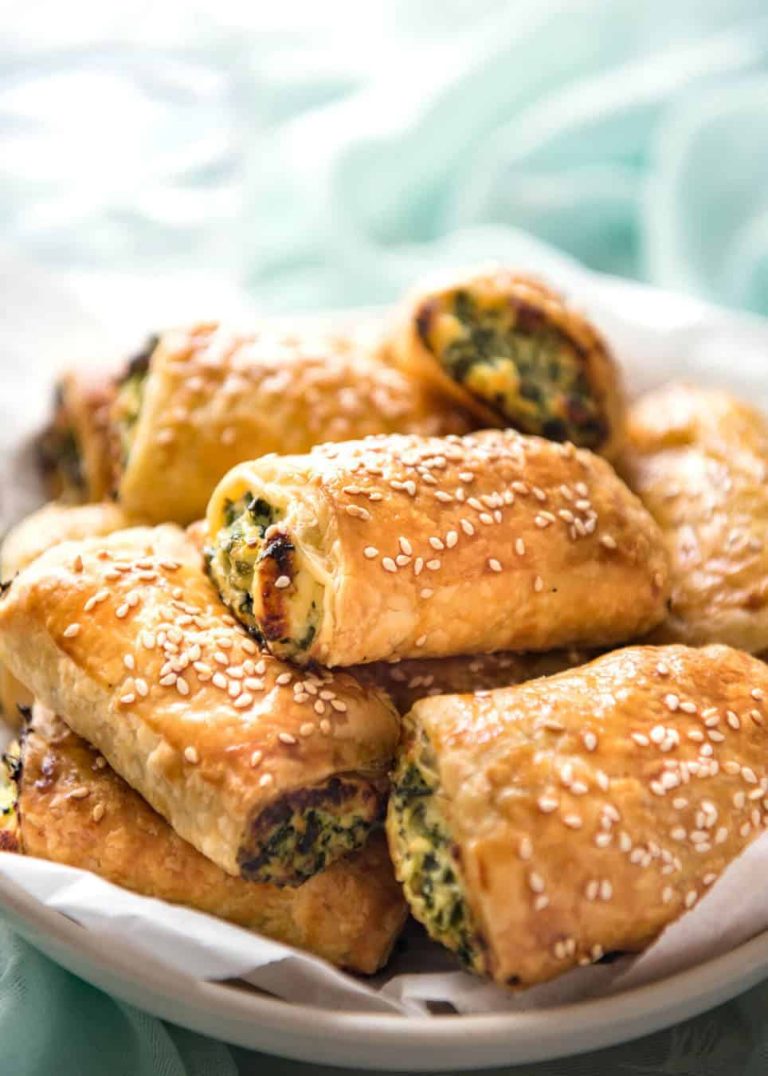Pizza Or Calzone Dough Recipe: Tips for Consistent Results
Every pizza and calzone dough starts with foundational ingredients. These include flour, water, yeast, salt, and oil. Flour provides structure, and using bread flour, with its high protein content, improves dough elasticity. Water activates the yeast and helps in forming gluten networks. Yeast leavens the dough, contributing to its airy texture. Salt enhances flavor, while oil adds richness and moisture. You can experiment with variations, but these basics ensure a consistent base.
The Role of Gluten in Dough Elasticity
Gluten, formed when water mixes with flour, is crucial for dough elasticity. Its protein structure traps air during fermentation, allowing the dough to rise. High-gluten flours, like bread flour, yield more elastic dough, perfect for stretching pizza or folding calzone. Kneading also develops gluten, ensuring the dough can hold its shape without tearing. If you want a chewier crust, focus on using strong flours and proper kneading techniques.
The Perfect Every Time Pizza or Calzone Dough Recipe
Key Ingredients for Success
To create the perfect dough, focus on high-quality ingredients. Use high-gluten bread flour for a stretchy, elastic dough ideal for both pizzas and calzones. High-gluten flour contains about 12-14% protein, contributing to better dough elasticity. Use filtered water to avoid chemicals affecting yeast activity. Opt for fresh active dry yeast to ensure optimal fermentation, resulting in a good rise and airy texture. Add fine sea salt for a balanced taste, and use extra-virgin olive oil for enhanced flavor and a tender crust.
Ingredients:
- Bread Flour: 4 cups (480g)
- Filtered Water: 1 ½ cups (360ml) at room temperature
- Active Dry Yeast: 2 ¼ teaspoons (7g)
- Fine Sea Salt: 1 ½ teaspoons (9g)
- Extra-Virgin Olive Oil: 2 tablespoons (30ml)
Step-by-Step Preparation Guide
Follow these steps to achieve consistent dough quality every time. Mix flour, salt, and yeast in a large bowl. Ensure even distribution of dry ingredients. Gradually add water and olive oil while mixing. Stir until the mixture forms a shaggy dough.
- Mixing: Combine flour, salt, and yeast in a bowl. Mix to distribute evenly.
- Adding Liquids: Slowly pour in water and olive oil while continuously mixing.
- Forming Dough: Stir until you achieve a shaggy dough with no dry flour pockets.
- Kneading: Transfer dough to a lightly floured surface. Knead for 8-10 minutes until smooth and elastic. Perform the windowpane test to check gluten development.
- First Rise: Place dough in lightly oiled bowl, cover with plastic wrap or a damp cloth, and let it rise for 1-2 hours at room temperature until doubled in size.
- Shaping: Punch down the dough to release air. Divide into desired portions for pizzas or calzones. Shape into balls and let rest for another 10-15 minutes under a damp cloth.
After following these steps, your dough should be ready for pizza or calzone preparation.
Tips for Achieving the Perfect Dough Texture
Kneading Techniques
Proper kneading activates the gluten in the dough, giving it the ideal texture for pizzas or calzones. Use the heel of your hand to push the dough away, then fold it back over itself. Repeat this motion for about 10 minutes until the dough becomes smooth and elastic. Avoid adding too much flour during this process to maintain the dough’s moisture.
Proofing Times and Temperatures
Proofing times and temperatures significantly impact dough texture. Allow the dough to rise in a warm, draft-free area for 1-2 hours, or until it doubles in size. Alternatively, for a more complex flavor, refrigerate the dough for at least 24 hours up to 72 hours. Ensure that the temperature stays consistent at around 75°F for optimal yeast activity during both room-temperature and refrigerated proofing.
Common Mistakes When Making Pizza or Calzone Dough
Overworking the Dough
Overworking the dough can lead to a tough texture. Kneading is important, but excessive kneading breaks down the dough’s gluten structure. Aim for 8-10 minutes of kneading by hand or 5-7 minutes with a stand mixer. Avoid the elastic and slightly tacky stage that signifies overworked dough. Visual cues like smoothness and springiness are your best indicators.
Incorrect Measurements
Incorrect measurements can ruin dough consistency. Flour, water, yeast, and salt must be precisely measured. Use a kitchen scale for accuracy, avoiding volume measurements which can vary. For instance, 500 grams of flour, 300 milliliters of water, and 10 grams of yeast ensure consistent results. Too much liquid will create sticky dough, while too little can make it dry and crumbly.
How to Customize Your Dough
Flavor Additions and Variations
Enhance your dough’s flavor by incorporating various ingredients. Add yeast booster for a more intense rise, or mix in garlic powder and dried herbs (e.g., oregano, basil) for an aromatic touch. Consider using whole wheat flour or adding finely chopped olives for a nutritious twist. If you prefer a sweeter dough, mix in a small amount of honey or sugar. Remember to adjust the water content slightly to maintain the right dough consistency.
Adjustments for Different Types of Ovens
Different ovens require specific adjustments for optimal baking. For conventional ovens, preheat to at least 475°F and use a pizza stone for even heat distribution. Bake for 12-15 minutes. With convection ovens, lower the temperature by 25°F and reduce baking time by a few minutes. Wood-fired ovens need higher temperatures (around 700°F), and pizzas bake in 90 seconds to 2 minutes. Adjust dough thickness based on the oven type; thinner crusts work best for higher temperature ovens.
Conclusion
Mastering the art of perfect pizza or calzone dough is within your reach. By focusing on high-quality ingredients, precise measurements, and proper techniques, you’ll achieve consistently excellent results. Remember to maintain the right temperature for yeast activity and avoid common mistakes like overworking the dough. Customizing your dough with various flavors can elevate your homemade creations, making each bite unique. Whether you’re using a conventional, convection, or wood-fired oven, adjusting your baking techniques ensures the perfect crust every time. With these tips, you’re well on your way to making dough that’s perfect every time.






